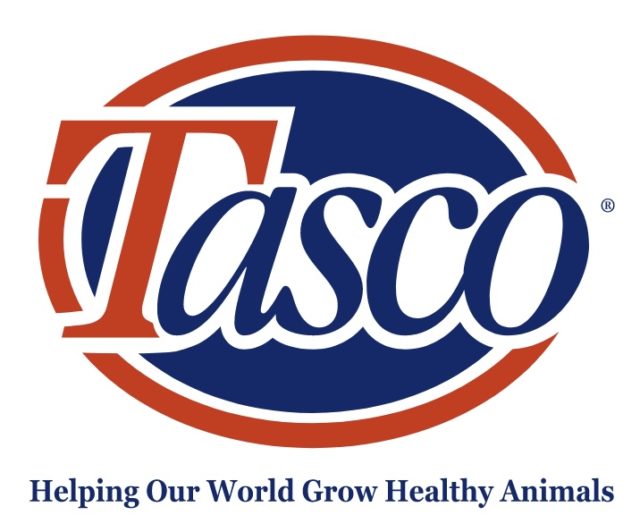Adverse milk income margins continue to apply downward pressure on prices paid for dairy replacement cows.
Preliminary July 2018 U.S. quarterly replacement dairy cow prices averaged $1,320 per head, $40 (3 percent) less than April 2018 and $300 (19 percent) less than July 2017 (Table 1), according to the USDA’s Ag Prices report, released July 30.
The July 2018 average price marked the lowest quarterly average since July 2010 and is now down $800 (38 percent) per head from the latest peak of $2,120 in October 2014.
The USDA estimates are based on quarterly surveys (January, April, July and October) of dairy farmers in 23 major dairy states, as well as an annual survey (February) in all states, according to Mike Miller, with USDA’s National Ag Statistics Service. The prices reflect those paid or received for cows that have had at least one calf and are sold for replacement purposes, not as cull cows. The report does not summarize auction market prices.
Among major dairy states, highest July 2018 average prices were $1,500 in Idaho, New Mexico and Texas. Lowest average prices were $1,200 or less per head in Indiana, Minnesota, New York, Ohio and Virginia.

Replacement exports growing quieter
June 2018 dairy heifer export totals will be announced Aug. 3. May 2018 exports jumped to 3,147 head, the second-highest monthly total in almost a year, but ongoing trade and tariff wars are negatively impacting sales to the United States’ closest neighbor, according to Tony Clayton, Clayton Agri-Marketing Inc., Jefferson City, Missouri.
Last week, a ship loaded with cattle departed the East Coast for Qatar, he said. Closer to home, uncertainty over the North American Free Trade Agreement (NAFTA) has halted dairy replacement sales to Mexico. He doesn’t expect sales to pick up until late in the third quarter or fourth quarter of 2018.
“People are sitting on the fence to see what President Trump will do next, and the heifer sales to Mexico show how slow the trade is for the year,” Clayton said. “There is a lot of uncertainty in the market because of U.S. trade policy.”
Beyond Mexico and Canada, live dairy cattle markets have not been impacted by trade tariff disputes with the U.S., said Gerardo Quaassdorff, T.K. Exports Inc., Boston, Virginia.
“Most of the buyers’ decisions are influenced by the exchange rate, local interest rates if they apply for a loan or credit line and available transportation,” he said. ”U.S. live cattle exporters lose orders because an unfavorable exchange rate, making the cattle more expensive, and [lack of] transportation available on the date of the requested shipment.”
Global interest for U.S. dairy cattle replacements remains, although competition with Australia and the European Union for markets in Russia, Vietnam, Pakistan and Qatar has grown in recent months, Quaassdorff said. He expects significant exports of dairy heifers to Vietnam and/or Qatar by the end of the year. Other potential markets such as Morocco and Algeria are on “stand by" status over negotiations regarding local animal health requirements.
In addition to dairy heifers, Quaassdorff said there are also significant inquiries and steady demand for U.S. beef cattle around the world, mainly feeder cattle and replacement beef heifers.
June cull cow prices steady
U.S. cull cow prices changed little in June, according to the USDA. June 2018 cull cow prices (beef and dairy combined) averaged $66.30 per hundredweight (cwt), up 10 cents from May but $10.20 per cwt less than June 2017. Year to date, the cull cow price average is $66.30 per cwt, down $3.77 per cwt from January-June 2017.
20 percent of U.S. dairy cows in drought areas
Moisture conditions deteriorated somewhat from a month ago, putting more U.S. dairy cows in “drought areas,” according to the USDA’s World Agricultural Outlook Board. As of late July, about 20 percent of the nation’s milk cows were located in areas experiencing drought, a 2 percent increase compared to a month earlier.
The weekly U.S. Drought Monitor overlays areas experiencing drought with maps of major production areas for hay, alfalfa hay, corn, soybeans and other crops, as well as primary dairy and all cattle areas.
A large droughty swath continues to cover most of the Southwest, including major dairy areas in Kansas, Texas, New Mexico, Arizona and California. Drought areas are also popping up in eastern and southern Michigan and upstate New York.
The report also showed about 20 percent of major alfalfa hay production acreage is in areas experiencing drought, unchanged from a month earlier. ![]()

-
Dave Natzke
- Editor
- Progressive Dairyman
- Email Dave Natzke





